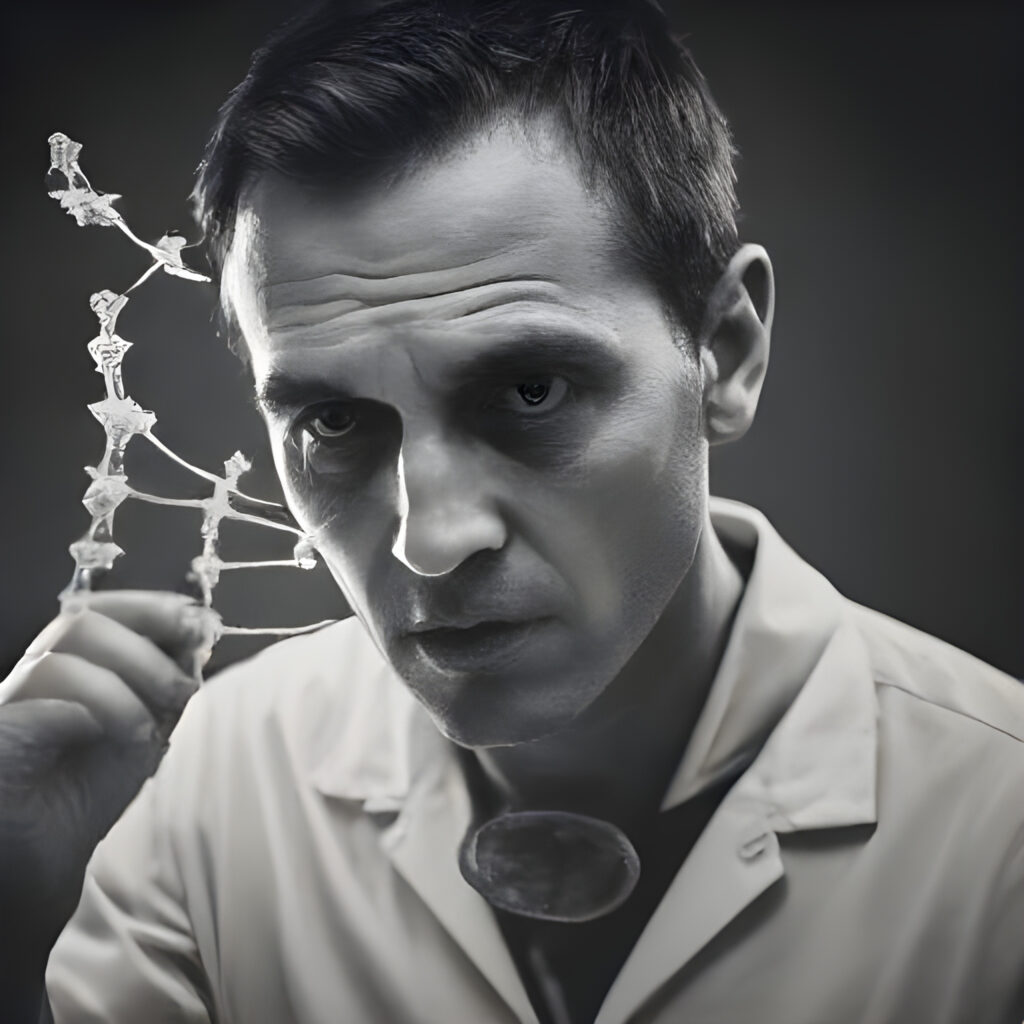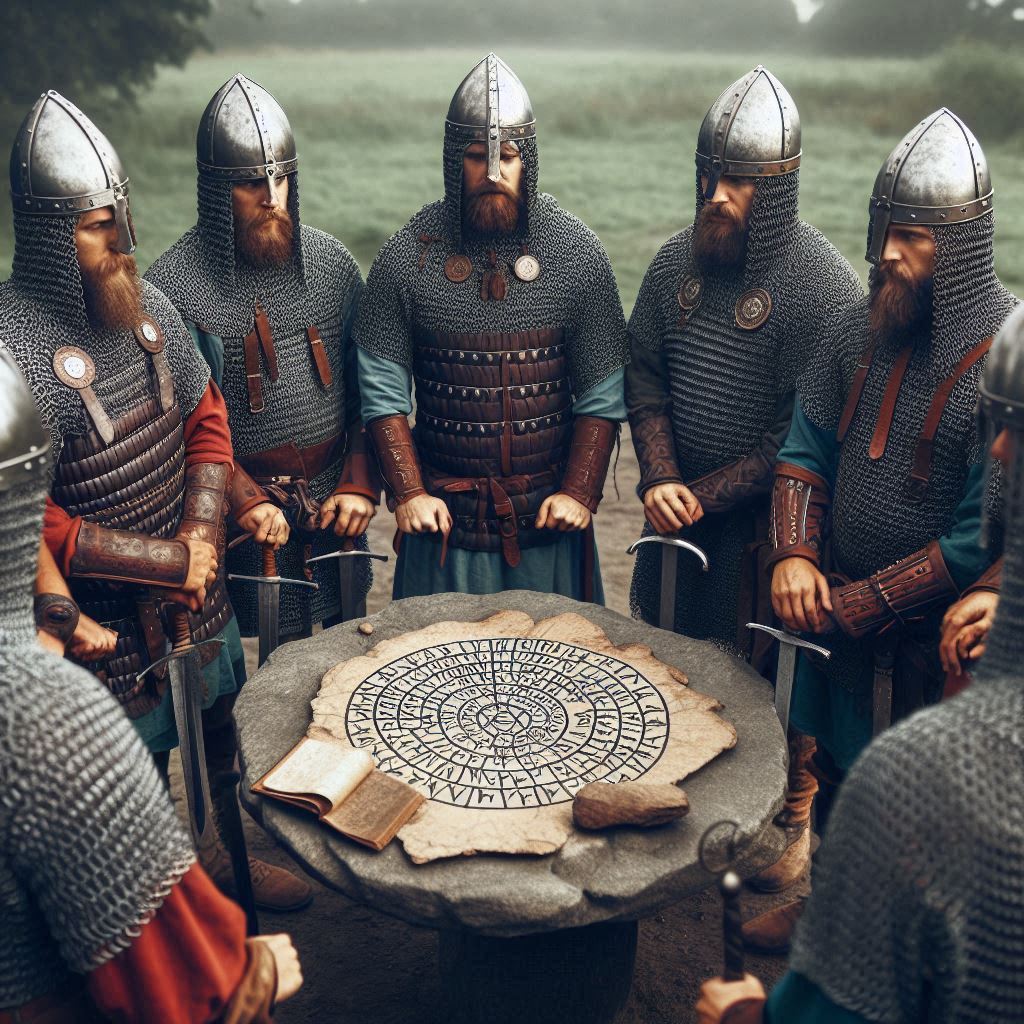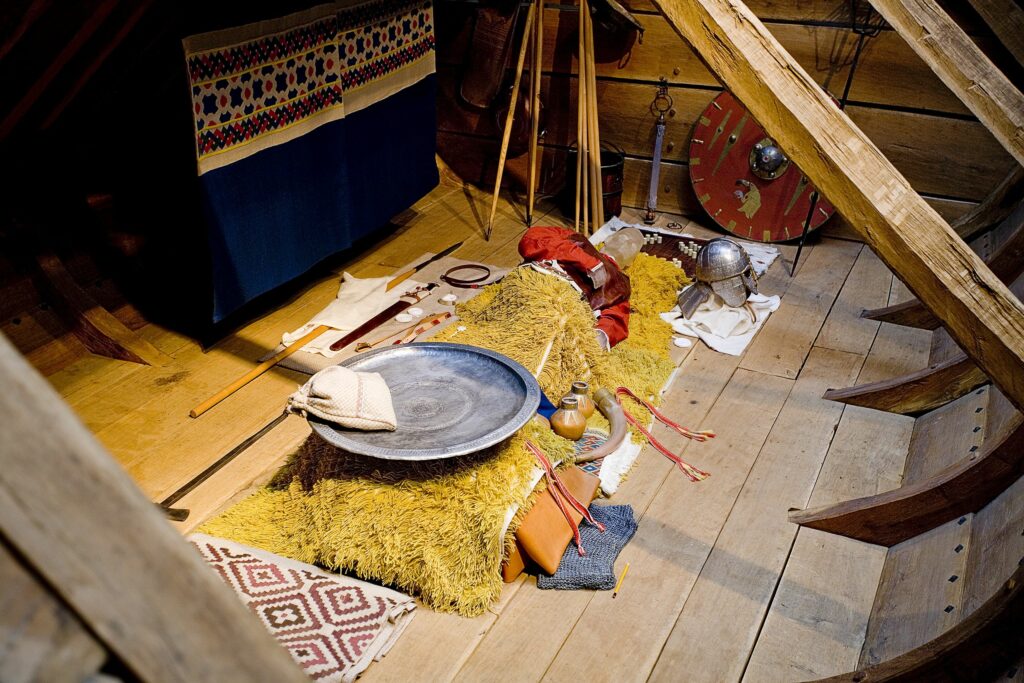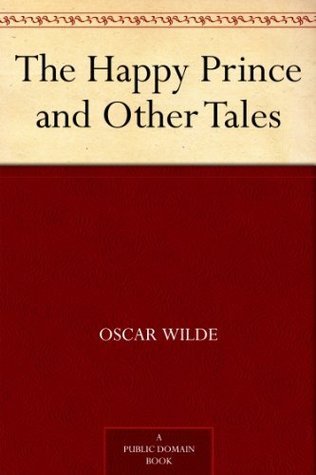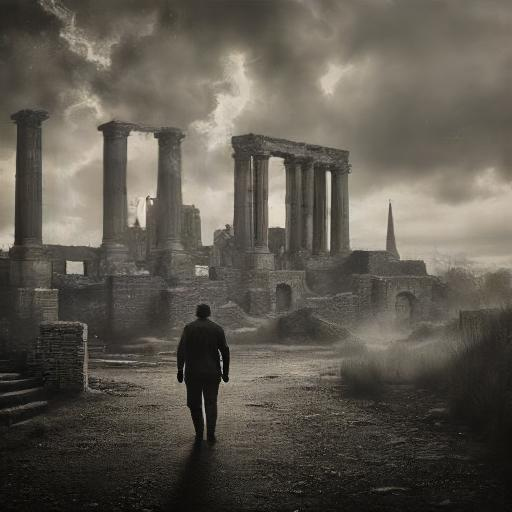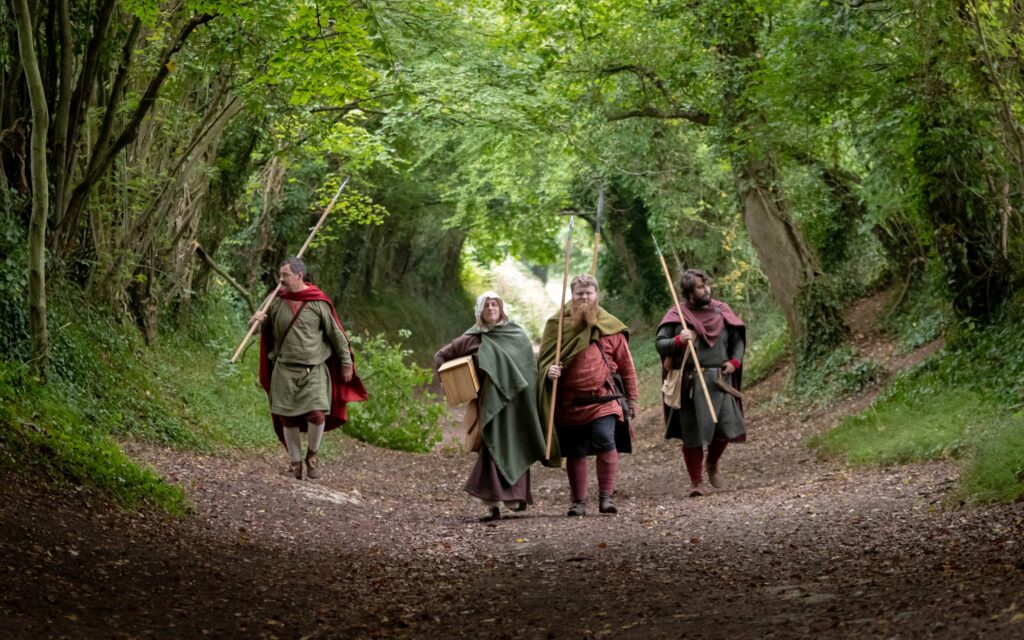
aDNA analysis has confirmed traditional view that there was really a period of mass movements. Large numbers of Anglo-Saxons did sail across the North Sea to Britain. But within that overall scheme, it’s clear that there is room for a great deal of nuance. There is also clear evidence for intermarriage between continental incomers and native Britons, as well as there being a significant number of arrivals from France too.
What we seem to have is a patchwork picture. Yes, there were large groups of settlers who arrived and who appear to have largely displaced the native population, particularly in eastern regions such as Kent and East Anglia. As we move west, the degree of admixture increases, with some families showing clear signs of marrying among both groups over a number of generations. And in the west there is relatively little presence of these continental ancestors. This does tally quite well with the accounts of Gildas and Bede. Factor in that this all took place over a couple of centuries and we have a sort of slow moving Anglo-Saxon creep north and west from their original strongholds in the south and east. It’s a mixture of conquest, intermarriage, alliances, slave taking and the slow consolidation of tiny kingdoms into larger polities.
